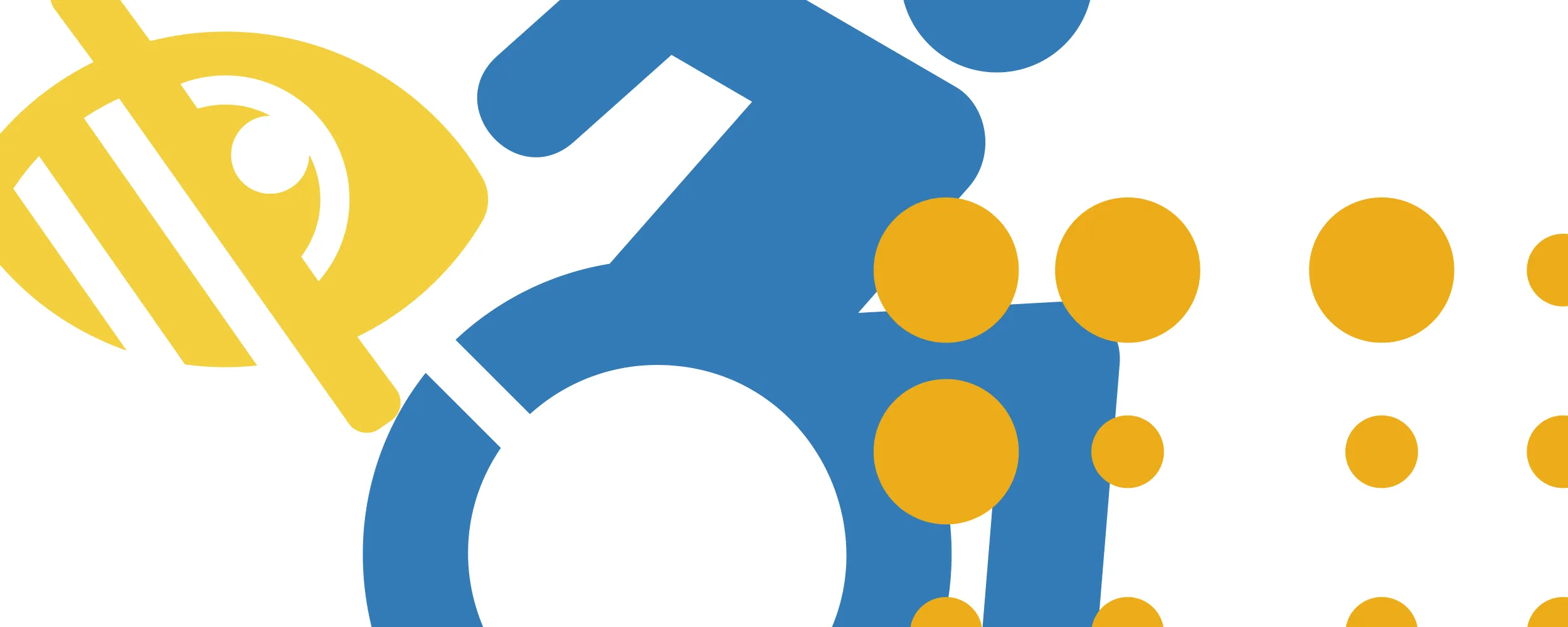Recently, I was a part of a team that created a website for a partly blind audience. I had never realized how a seemingly usable website could actually be totally unusable for someone with limited vision. Put simply, I was made very deeply aware of my able-bodied privilege.
Since then, I’ve thought constantly about how I interact with websites.
Does this image have vital information a visibly impaired person would need to know but cannot currently see?
If I could only use a keyboard to navigate this site, can I get to every necessary element?
When filling out a form and an error occurs, what are all the ways that a message could be conveyed so the user is alerted?
While we’ve made great strides in making websites more user-friendly, many companies have yet to make their websites responsive, let alone fully accessible. Most people probably aren’t even aware that a visually impaired person could use a website easily if it was built to a compliant level. Or that a person with cognitive impairments might have issues navigating a form or an article just because it doesn’t have the necessary amount of navigational elements or identifiable headers.
From a programming perspective, we often get caught up in the newest, coolest way to create a page or widget. Or a way to have the smallest amount of code do the most things. Or even trying to make as many elements as possible on the page move (though this has trend has been lessening lately). Developers rarely consider that if someone was to try to use a website with a screen reader or a refreshable braille display, some of those changes might render a page completely useless.
But don’t websites have to be accessible?
You might be wondering, is it even legal to build a website that people with disabilities can’t use?
And yes, technically it is. As of 2019, there are no laws in the US mandating that websites have to be accessible. What we do have is The Americans with Disabilities Act (created in 1990, mind you), which says any “place of public accommodation” should have equal access for users.
You might also be wondering, but doesn’t that include the internet? This question has been brought to court many times. While it’s up to a judge to decide, many companies have been sued and lost to people seeking more accessible websites. While there is no definitive law, it’s pretty obvious that anyone should be able to use a website at the most basic level if they have the correct tools to do so, such as a screen reader for a person who is visually impaired.
Learning more about accessibility
If the topic of accessibility is as new to you as it was to me, then you might not be sure what it takes to make a website accessible.
Thankfully, the World Wide Web Consortium (W3C) created a series of guidelines that have become internationally recognized standards. They even have priority levels in case you only have enough time or are pressured to just meet the minimum requirements.
You may also be wondering how much work this entails. I am happy to tell you that if you stick to clean and standard HTML and CSS, that’s already half the battle! If anything, making your website accessible to more audiences can make your code cleaner, more organized, and better structured.
While the W3C standards are comprehensive, they can be a bit daunting. Earlier this year, Highlanders heard from Alex Chen — a UX designer who specializes in user research and accessibility — at one of our monthly D&I meetings. Alex is currently working on a project called Access Guide that will make the W3C standards easier to understand and implement. They’ve posted a github repo where you can give feedback on content by logging issues.
When it comes down to code quality and creating a positive public image for your company, you can only benefit from becoming as accessible as possible. You can also lose a lot more if a lawsuit is brought against you.
Accessibility matters for reasons big and small. Whether a person is trying to do something important like send financial documents to their lawyer, something simple like ordering food (check out the case “Robles vs Domino’s Pizza” — it started in 2016 and is still going on), or something silly like laughing at a cat meme.
Everyone and anyone should be able to access the internet in all its robust entirety.



